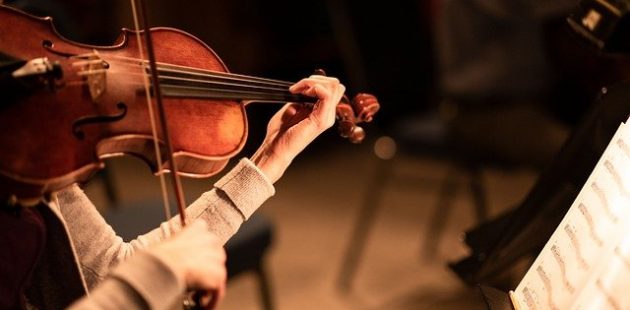What Causes Your Viola to Produce Scratchy Sounds?
Image by Ana Krach from Pixabay
At some point, musicians playing the viola will encounter the stage of having problems with the sound playability. Violas are challenging to learn but fun to play with when you are able to master your playing skills. Beginner viola players, on the other hand, may get confused about what caused these scratchy sounds. If you are caught in this situation, here are some of the reasons why your viola is producing scratchy sounds:
Not applying enough rosin
Applying rosin is part of a viola’s daily care and maintenance. There is no correct formula on how much you need to apply rosin since it is a case-to-case basis. But often, when it starts to produce scratchy sounds, it is probably because the user is not applying enough rosin. A countermeasure to do is to check how much rosin your bow needs.
Lack of balance in applying bow pressure
Good posture and balance are key to make sound playability appear rich and smooth. Though this is subjective as it depends on how much pressure is applied on handling the bow. But when it starts to produce a strange sound, another reason is that the musician lacks balance on applying pressure to the bow.
Try changing your position into something that you are more comfortable and confident in playing. It boosts your self-esteem to be more secure. Thus, it starts to produce the right sound it should omit.
Poor quality of bow hair or strings
Not to discriminate but the cons of getting affordable violas are having poor quality, especially on the bow hair part. Regardless of how sensitive you handle and care for the viola when the material is not good from the start, it will lead to sounding problems.
If you have the budget, opt for changing the bow hair or strings. But if not, have it repaired to a professional service. Once the hair or strings are changed, it will go back to the recommended playability it has.
Wrong bowing position
In some cases, the problem does not lie with the instrument but the musician itself. When a viola starts producing scratchy sounds, it can also be due to the wrong bowing position. There is a suggested general posture for viola players.
The instrument should always be supported by the shoulder while the left hand can still play without feeling the tension. The left hand should be able to freely move up and down still. Also, the body should be positioned in the way that the nose-bridge-elbow-knee is followed. To familiarize yourself better, you can face the mirror while practicing and check if you are parallel to the floor.
Conclusion
Even with proper handling and care for the viola or monthly maintenance to professional services, problems with sound playability is inevitable. Once in a while, a viola player will encounter this problem. Regardless, there are countermeasures that can be done without breaking the bank like assessing the needs of the viola, applying the correct pressure, replacing bow hair or strings, and practicing proper playing position.

